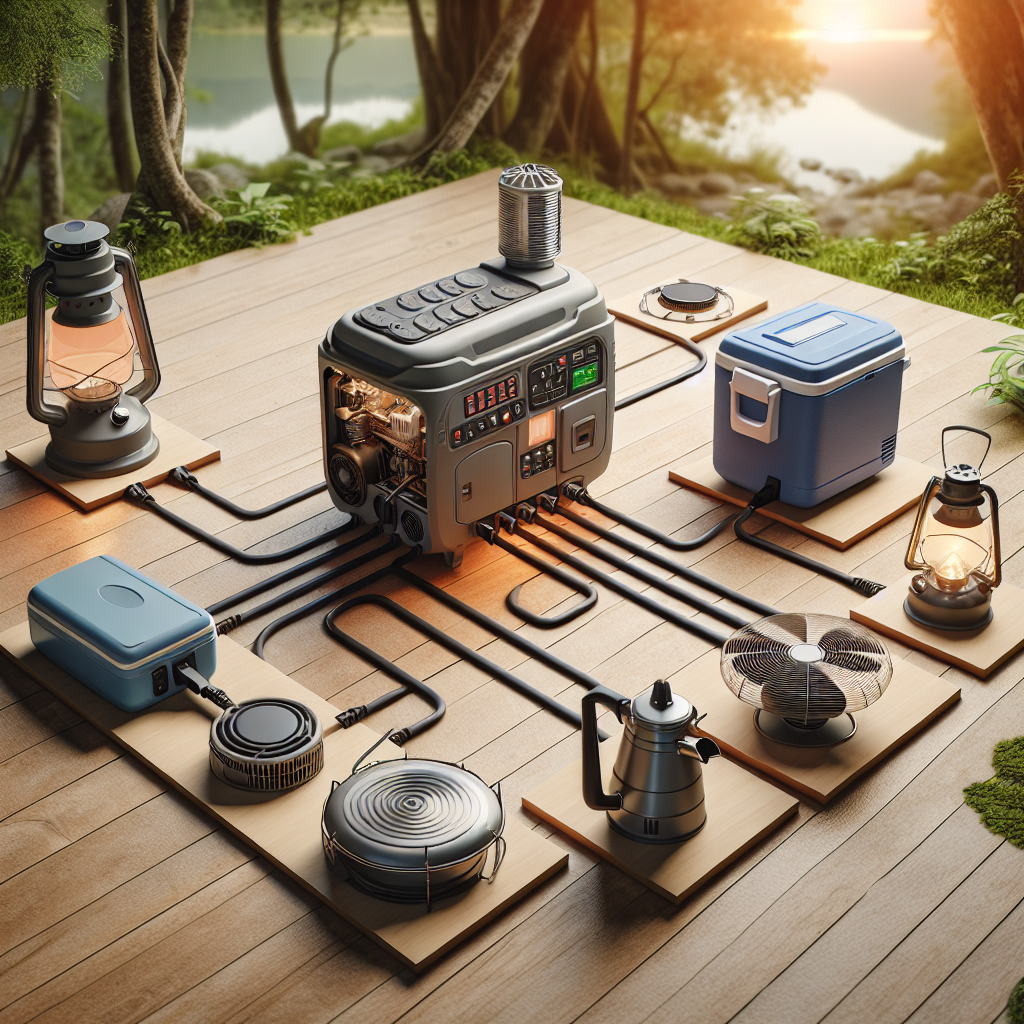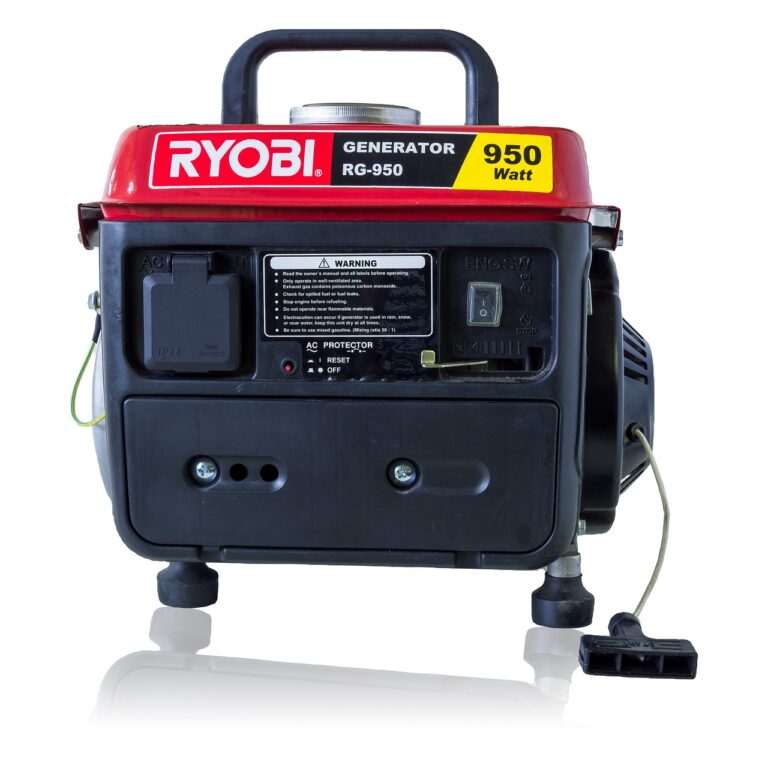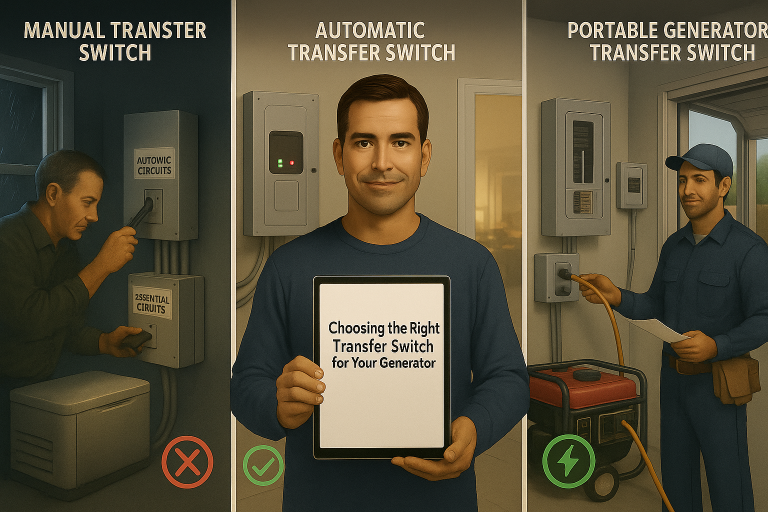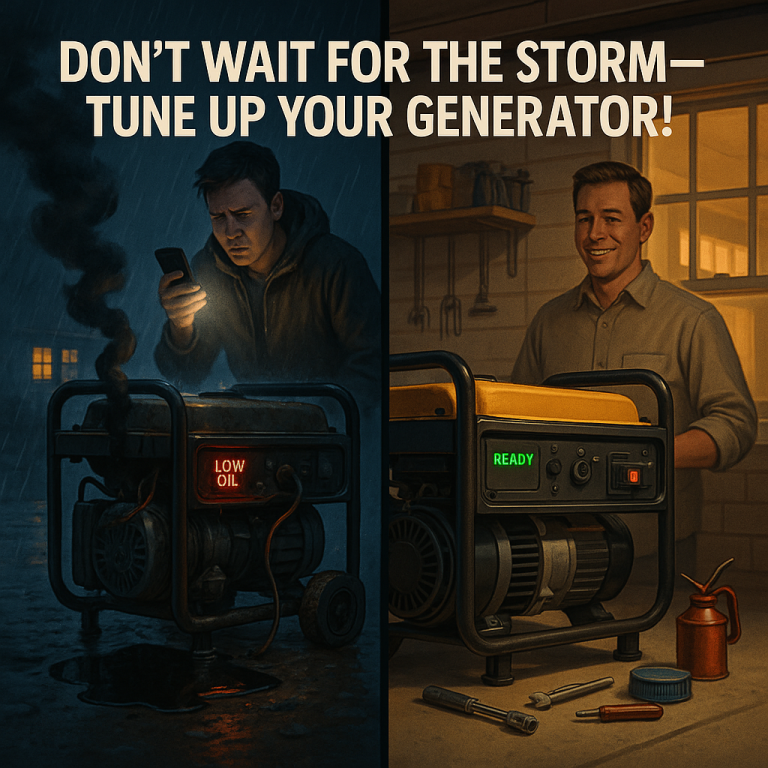Understanding Starting Wattage: A Key Factor for Portable Generator Owners
If you own a portable generator, one of the most critical factors to consider is its starting wattage. Also known as peak power, starting wattage refers to the maximum amount of power your generator can produce for a short period, typically when starting up appliances or tools. This initial surge of power is essential for devices with motors, such as refrigerators, air conditioners, or power tools, which require more energy to start than to run continuously.
Choosing a generator with the right starting wattage is crucial to ensure it can handle your power needs without overloading. In this guide, we’ll break down the factors that affect starting wattage, how to determine the right wattage for your needs, and provide practical examples to help you make an informed decision.
Step 1: What Affects the Starting Wattage of a Portable Generator?
Several factors influence the starting wattage of a portable generator. Understanding these can help you choose the right generator for your needs:
- Generator Size (Wattage Capacity)
The size of your generator, measured in watts (W) or kilowatts (kW), is the primary factor in determining its starting wattage. Larger generators typically have higher starting wattages, making them suitable for powering multiple appliances or heavy-duty tools. For example, a 5,000-watt generator will have a higher starting wattage than a 2,000-watt model. - Type of Fuel
The fuel type your generator uses can also impact its starting wattage. Gasoline generators generally provide higher starting wattages compared to propane or diesel models. However, propane and diesel generators are often more fuel-efficient and better suited for long-term use. - Generator Efficiency
Modern generators are designed with varying levels of efficiency. More efficient models can deliver higher starting wattages while consuming less fuel. If you plan to use your generator frequently, investing in an efficient model can save you money and ensure reliable performance.
Step 2: How to Check Your Generator’s Starting Wattage
Before using your portable generator, it’s essential to know its starting wattage capacity. Here’s how to find it:
- Check the Owner’s Manual: The manufacturer usually lists the starting wattage in the manual, often at specific loads (e.g., 50% or 100% load).
- Look for Labels on the Generator: Many generators have a label or plate that displays their starting and running wattage.
Knowing your generator’s starting wattage will help you determine whether it can handle the appliances or tools you plan to power.
Step 3: Calculate Your Power Needs
To ensure your generator can meet your requirements, you’ll need to calculate the total starting wattage of all the appliances and tools you plan to use simultaneously. Here’s how:
- List Your Appliances and Tools: Write down each device you intend to power, along with its starting wattage requirement. This information is usually found on the appliance’s label or in its manual.
- Add Up the Starting Wattages: Sum the starting wattages of all devices to determine the total power needed.
Your generator’s starting wattage must be equal to or greater than this total. If it’s not, you risk overloading the generator, which can lead to damage or failure.
Practical Examples of Starting Wattage Calculations
Let’s look at two examples to illustrate how starting wattage works in real-world scenarios.
Example 1: Basic Home Appliances
You have a portable generator with a starting wattage of 2,000 watts. You plan to power the following devices:
- Refrigerator: 600 watts (starting wattage)
- Television: 200 watts (starting wattage)
- Lights: 100 watts (combined starting wattage)
Total Starting Wattage Needed:
600 (refrigerator) + 200 (TV) + 100 (lights) = 900 watts
In this case, your 2,000-watt generator is more than sufficient to power these appliances.
Example 2: Adding a High-Power Appliance
Now, let’s say you want to power the same appliances plus a portable air conditioner:
- Refrigerator: 600 watts
- Television: 200 watts
- Lights: 100 watts
- Portable Air Conditioner: 1,200 watts
Total Starting Wattage Needed:
600 + 200 + 100 + 1,200 = 2,100 watts
Here, your 2,000-watt generator falls short of the required starting wattage. You’ll need a more powerful generator to safely run all these devices simultaneously.
Why Starting Wattage Matters
Starting wattage is crucial because many appliances and tools require a significant power surge to start. If your generator can’t provide this initial burst of energy, the devices may fail to start or cause the generator to overload. This can lead to:
- Damage to your appliances or generator
- Tripped circuit breakers
- Reduced generator lifespan
By understanding and calculating your starting wattage needs, you can avoid these issues and ensure your generator operates smoothly.
Tips for Choosing the Right Generator
- List Your Must-Have Appliances: Identify the devices you absolutely need to power during an outage or while off-grid.
- Prioritize High-Wattage Devices: Focus on appliances with the highest starting wattages, such as air conditioners, refrigerators, or power tools.
- Add a Buffer: Choose a generator with a starting wattage slightly higher than your calculated needs to account for unexpected power surges or additional devices.
- Consider Future Needs: If you plan to expand your appliance usage, opt for a generator with extra capacity.
Conclusion
The starting wattage of a portable generator is a critical factor that determines its ability to power your appliances and tools effectively. By understanding the factors that influence starting wattage—such as generator size, fuel type, and efficiency—you can make an informed decision when selecting a generator. Always check your generator’s starting wattage capacity and calculate the total wattage requirements of your devices to ensure compatibility.
Remember, a generator’s starting wattage must be equal to or greater than the combined starting wattage of all the appliances and tools you plan to use. Taking the time to assess your power needs will help you avoid overloading your generator and ensure reliable performance when you need it most.





